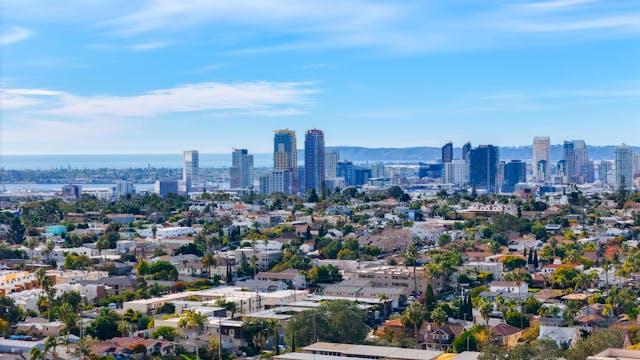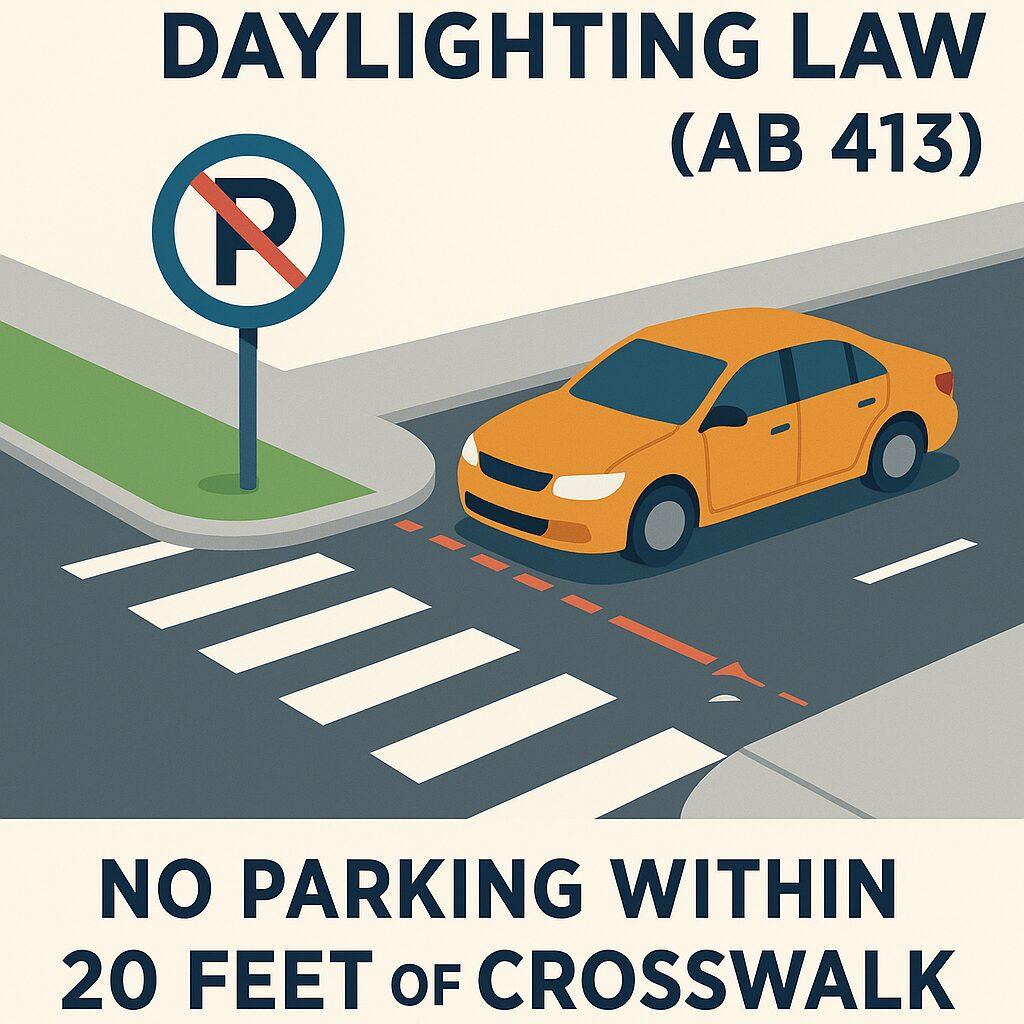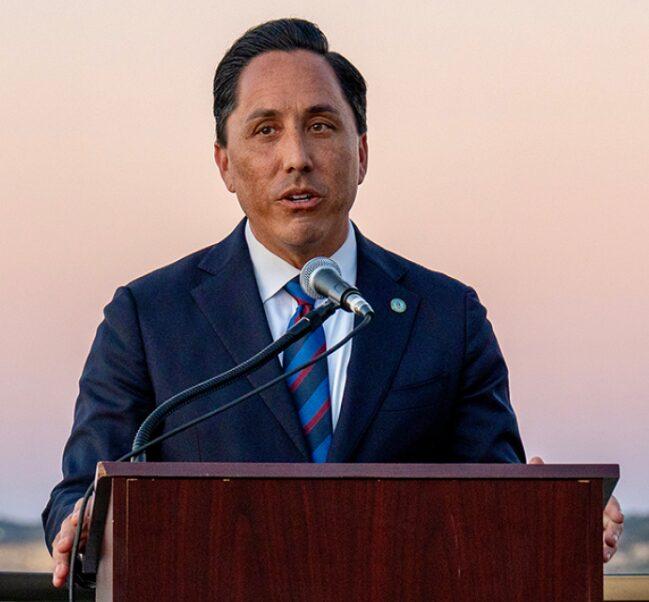Highest-ever waste diversion rate of 71% means less waste is going to the landfill
SAN DIEGO – Marking a significant milestone in efforts to encourage recycling and limit waste, the City of San Diego has achieved a 71% diversion rate for the amount of waste diverted from the landfill, the highest it has ever been. According to data provided by CalRecycle, the diversion rate of 71% for 2022 was based on all waste generated by those who live, work and play within the city limits of San Diego.
Diverting waste helps the city move closer to achieving Zero Waste Plan goals.
“The city’s diversion rate is a clear signal that San Diegans are embracing recycling and are dedicated to meeting our climate goals,” said City Councilmember Joe LaCava, Chair of the Environment Committee. “This positive shift toward zero waste is the product of hard work by City staff to educate the public about the impact of waste diversion. It is in partnership with residents and businesses – who recognize the importance of recycling and the urgency to eliminate harmful greenhouse gases – that we will continue to see these diversion rates rise in the coming years.”
Zero Waste is a principle that calls for handling discarded materials as commodities for reuse rather than for disposal, and conserving those commodities through waste prevention, recycling, composting and other technologies. The City of San Diego Zero Waste Plan is a road map to diverting almost all solid waste from going into landfills.
“We are very encouraged by our progress in 2022, and believe that 2023 will prove to be even better, after a full year of San Diegans participating in the city’s new Organic Waste Recycling Program by diverting their food scraps, food-soiled paper and yard waste into green bins,” said Renee Robertson, Director of the city’s Environmental Services Department.
The city’s previous highest waste diversion rate was 68% in 2012. The rate for 2021 was 63%, and the rates from 2013 to 2020 were in the 64% to 67% range. San Diego is close to reaching an initial Zero Waste Plan goal of 75%. Looking ahead, the next goals are 82% by 2030 and 90% by 2035, with the ultimate goal of zero waste by 2040.
“Diverting waste from our landfills is a crucial part of the city’s overall climate action goals, and we are delighted to see the progress to date,” said Shelby Rust Busó, Chief Sustainability Officer with the Sustainability and Mobility Department. “We are grateful to all San Diegans who are decreasing their carbon footprint by recycling and reusing materials on a daily basis.”
Changes to the diversion rate (and disposal habits) are driven by changes in population, employment and economic conditions. Generally speaking, increases in any/all of these lead to increased waste generation and disposal. From 2021 to 2022, population and employment increased while disposal decreased, which is reflected in the increased diversion rate.
ESD ensures City of San Diego residents have a clean and safe environment. The department pursues waste management strategies that emphasize waste reduction and recycling, composting and environmentally sound landfill management. ESD is also responsible for collecting and disposing of refuse, recyclables, household hazardous waste and green waste.
The Sustainability and Mobility Department leads the implementation of the City’s Climate Action Plan. Focused on interdepartmental coordination, regional alignment, and new policies and ordinances, the Department furthers the City goals for equitable, efficient and effective mobility choices that support residents of all ages and abilities, and facilitates innovative efforts across multiple City departments to enhance equitable, economic, social and environmental sustainability. The Department is also the custodian of the City’s transition to 100% renewable energy through San Diego Community Power (SDCP) and the administrative oversight of the SDG&E franchise.
(City of San Diego Release) n





